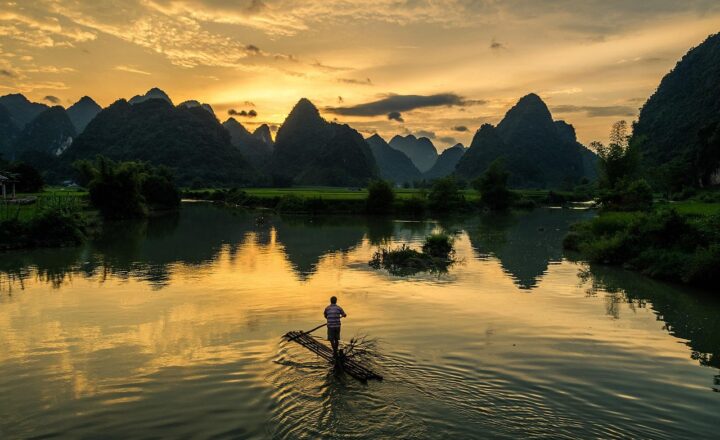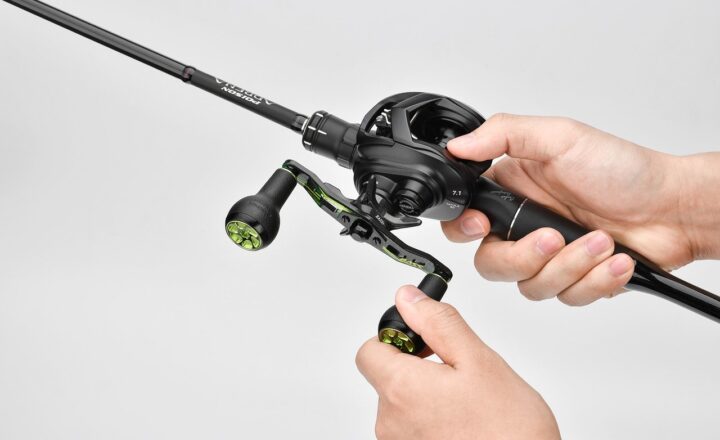Exploring the Fishy World of Competitive Angling: More Than Just a Hobby
November 19, 2024

Competitive angling, often perceived as merely a leisurely pastime, has evolved into a vibrant and complex sport that attracts enthusiasts of all ages. This article delves deep into the world of competitive fishing, exploring its history, techniques, diverse competitions, and the community that surrounds it. Whether you’re a novice angler curious about the sport or an experienced fisherman looking to refine your skills, this comprehensive article will equip you with knowledge, enthusiasm, and insights into competitive angling.
1. The Origins of Competitive Angling
The roots of competitive angling can be traced back to ancient societies that relied on fishing for sustenance. However, the sport as we know it began to gain traction in the late 19th century. The first competitive fishing event is credited to 1880 when the National Association of Anglers was established in England. This organization set the stage for structured competitions where anglers could showcase their skills and compete for prizes.
In the early 20th century, the scenarios became more organized with regional and national championships. Fishing clubs emerged, creating a sense of community among anglers, which continues to be a crucial component of the sport today. The evolution of competitive angling reflects broader cultural changes—what started as a survival technique morphed into a beloved recreational sport.
2. Different Types of Competitive Fishing
Competitive angling encompasses various styles, each with its own unique set of rules, techniques, and species fished. Here, we explore some of the most popular types of competitive fishing:
- Bass Fishing: Often referred to as the gateway to competitive angling, bass fishing tournaments are prominent in North America. Organizers hold competitions wherein anglers compete to catch the heaviest total weight of bass over a set period. Events can take place in lakes, rivers, and even coastal areas.
- Fly Fishing Competitions: Known for its artful techniques, fly fishing competitions require participants to catch fish using artificial flies. These tournaments typically focus on trout and salmon and embrace a more challenging and skillful approach.
- Saltwater Fishing Tournaments: These competitions attract anglers to the open sea, targeting species like marlin, tuna, and swordfish. Anglers use boats and compete based on the size and number of fish caught.
- Ice Fishing Tournaments: In regions where winter weather permits ice fishing, angling competitions take place on frozen lakes. Participants drill holes through the ice and fish for species like perch, walleye, or northern pike.
Each type of competitive fishing offers a unique thrill, attracting various participants based on preferences and skills. The camaraderie among participants makes these events even more engaging, highlighting the social aspect of fishing.
3. Techniques and Strategies: Crafting the Perfect Catch
Whether you’re fishing for bass, trout, or tuna, mastering specific techniques and strategies is essential for success in competitive angling. Here are some time-tested approaches:
- Understanding Fish Behavior: Knowledge of fish habits and preferences is paramount. Anglers should research seasonal patterns, spawning cycles, and feeding habits to increase their chances of a successful catch. Different species respond to various baits and lures, making it important to select the right tool for each fishing scenario.
- Choosing the Right Equipment: Competitive anglers invest in high-quality rods, reels, and tackle. The right equipment can significantly influence success. Additionally, understanding how to optimize gear for varying conditions (such as water temperature and clarity) is vital.
- Practice Makes Perfect: Just like any sport, practice leads to improvement. Regularly honing casting skills and experimenting with different lures can elevate an angler’s ability. Many successful anglers dedicate hours to refining their techniques before competitions.
- Mental Preparedness: Competitive angling requires a strong mental game. Remaining focused and resilient during long hours on the water can set apart a great angler from a good one. Visualization techniques and anxiety management can enhance performance significantly.
The sport of competitive fishing is as much about mental acuity as it is about physical skill, making it a well-rounded challenge for participants.
4. The Competitive Fishing Community: A Network of Passionate Anglers
One of the most rewarding aspects of competitive angling is the sense of community that surrounds it. Many anglers forge lifelong friendships through shared experiences, learning from each other’s successes and failures. Fishing clubs and organizations provide platforms for education, competition, and socialization:
- Clubs and Associations: Local and national fishing clubs offer members opportunities to participate in competitions, workshops, and events. Joining a club can also provide invaluable connections to experienced anglers who can offer mentorship.
- Online Communities: Digital platforms have created virtual fishing communities, where anglers can share tips, experiences, and fishing locations. Online forums, social media groups, and video content symbolize the new wave of fishing camaraderie.
- Charity Tournaments: Many competitive angling events champion charitable causes, providing a platform for anglers to contribute to their communities. Fundraising tournaments not only support worthy endeavors but also enhance community ties among participants.
The fishing community is incredibly diverse, encapsulating various backgrounds and experiences, united by the shared love of fishing.
5. Environmental Considerations in Competitive Angling
As competitive angling continues to grow, it brings along significant environmental responsibilities. Conservation efforts play a pivotal role in ensuring that fishing remains viable for future generations. Responsible practices for anglers include:
- Catch-and-Release Practices: Many anglers practice catch-and-release to maintain fish populations, ensuring that heavy competition does not deplete species. Proper techniques of handling fish reduce stress and promote survival rates upon release.
- Sustainable Practices: Anglers should avoid practices that cause damage to aquatic ecosystems, such as overfishing or littering. Respecting the environment contributes to healthier waters and more opportunities for fishing.
- Engagement with Conservation Efforts: Many competitions partner with local conservation groups to support efforts that protect marine habitats. Participating in local clean-up initiatives and educational programs fosters stewardship for the sport.
Maintaining a harmonious relationship with the environment is essential for the longevity of competitive angling. By adopting sustainable practices, anglers can enjoy the sport while safeguarding their resources.
Conclusion: More Than Just a Hobby
Competitive angling transcends the boundaries of mere pastime; it embodies a culture, a challenge, and a community. By exploring the depths of this rewarding sport, enthusiasts can connect with nature and forge lasting friendships. With techniques refined through practice, a deep understanding of fish behavior, and active participation in preservation efforts, anglers can embark on a lifelong journey in the fishy world of competitive angling. As you cast your line and embrace this intricate sport, remember that every catch tells a story, and every competition enriches not only your skills but also your appreciation for the water and its wonders.






